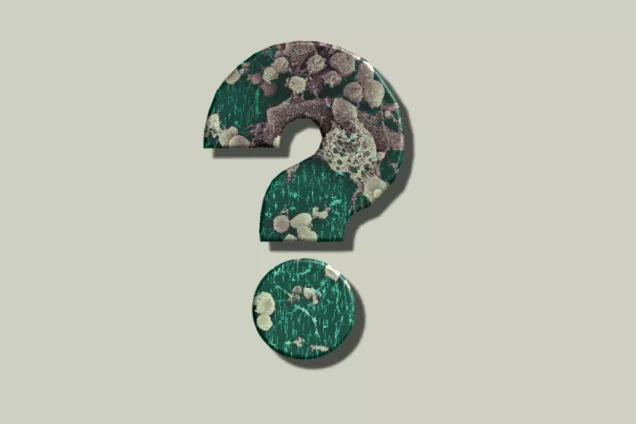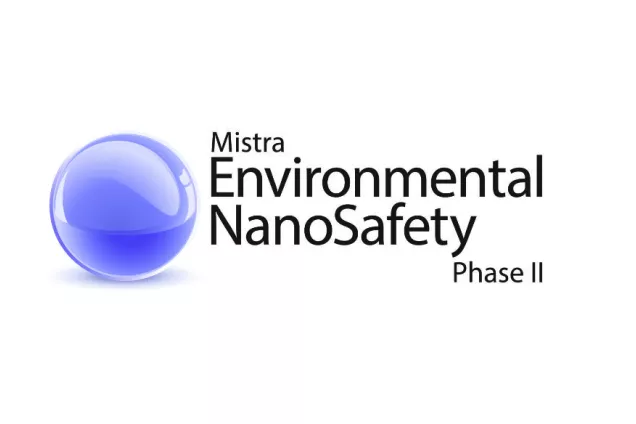Nanosafety
In a rapidly evolving research field, it is crucial to understand the impact of nanomaterials on human health and the environment.
The overall objective is to increase our understanding of the fundamental connections between particle properties and human and environmental toxicology, as well as of emissions and exposure in all stages of the lifecycle of a nanomaterial. The research aims at providing the tools needed to implement Safe(r)-and-sustainable-by-design in the development and production of novel materials.
On this page:
- Subareas within Nanosafety
- Publications
- Recent PhD-theses relevant to Nanosafety
- Key faculty in Nanosafety
Subareas within Nanosafety
- Emission and Exposure assessment
We assess “real world” emissions and exposure in all stages of the life cycle of a nanomaterial - Biological effects
We study eco-toxicological effects on all levels, from single-cell organisms to ecosystems - Risk assessment and Risk management
We combine nano-related exposure and toxicity knowledge with state-of-the-art procedures for risk management
Publications
- Iran Augusto Neves da Silva, Development of techniques to determine extracellular matrix alterations in acute and chronic lung diseases and bioengineered tissues, PhD thesis, Faculty of Medicine, Lund University 2023.
- Madeleine Petersson Sjögren, Structure of the distal lung studied with inhaled nanoparticles, PhD thesis, Faculty of Engineering, Lund University 2023.
- Louise Gren, Renewable diesel fuels and emission control strategies: Implications for occupational exposure, human health, and the environment, PhD thesis, Faculty of Engineering, Lund University 2022.
Area coordinators
People in Nanosafety
People on the Nanosafety e-mailing list
Links to ongoing larger projects
HARMLESS, Advanced high aspect ratio and multicomponent materials: towards comprehensive intelligent testing and Safe-by-Design strategies (Horizon 2020)
nanoPASS, Bridging the gaps in nanosafety for animal-free prediction of adverse outcomes - Efficient and cost-effective risk-assessment for particulate matter & nanotech products (Horizon Europe)
NanoSafe4All, tematiskt samverkansinitiativ vid Lunds universitet

Nanosafety course
Course information (PDF, 327 kB)
– open to PhD students as well as professionals

FAQ: Nanosafety
Frequently asked questions about nanosafety

Mistra Environmental Nanosafety
Final report (PDF, 3.7 MB) of a MISTRA research program to manage risks of nanomaterials, which ended in 2023. The report features 10 highlights comprising the behaviour of nanoparticles in the environment, new methods for the aging and degradation, as well as toxicity assessment. Included materials were polymers, metals, metal oxides and electronics waste.


